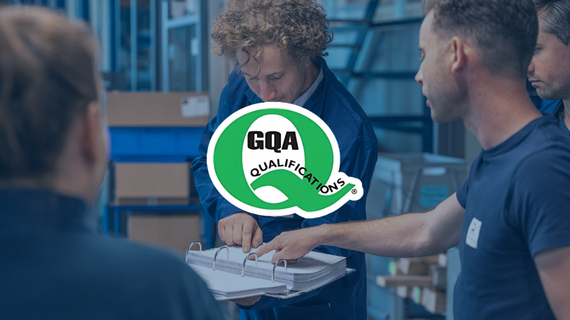Finish types & coating process information
Whether you choose for a lacquered or anodised surface finish, you will enjoy the lifelong beauty of your windows without having to invest in paint or varnish. As opposed to other materials, powder coated or anodised aluminium is not affected by UV-radiation and will never start to rust or rot, making it extremely low maintenance. The surface finish of your windows does not only have an aesthetic value, it also provides extra protection for the aluminium.
Pure aluminium has a very good corrosion resistance, due to an oxide layer, which protects the metal against the outside environment. This natural, untreated surface was typical of the early aluminium windows. Nowadays however, new techniques are developed for the surface treatment of aluminum, which increase the durability and give the systems an extra design aspect.
Finish Types
*Above Gloss rates are indicative
**Metallic colours and metallic structure colours: guarantee is only applicable on adhesion of the paint, not on visual or aesthetical aspects.

Coating process
To offer your profile systems in any colour you can imagine, Reynaers offers a painting technique called powder coating. In the process of powder coating, the aluminium is first degreased and cleaned. A coloured powder is then sprayed onto the statically charged profiles. These profiles are subsequently baked in ovens, allowing the powder to melt together into a stable and high quality finish of the aluminium. To guarantee maximum quality, this procedure is performed according to the strict guidelines of the European Qualicoat-standard.
The coating process is carried out in accordance to the Qualicoat regulations
- Apply powder coating using the electrostatic principle.
- Powder coatings are available in: Matt, Satin, High Gloss, Structure and Metallic finish.
- Polymerization in oven with a temperature of Maximum 200°C.

Anodization process
The anodisation surface treatment gives the profiles a controlled oxide layer, giving them a high level of protection in combination with a natural look. In the process of anodisation, profiles are degreased and cleaned before being dipped into a chemical bath. This is where an artificial oxidation process takes place, allowing the pores of the aluminium to open. The profiles are then coloured in a bath of metal oxide. Finally, the pores are closed again in a special steam bath. The anodization process is carried out in accordance to the Qualanod regulations. This process will result in a natural look of aluminium.
Available in different colors: natural, champagne, bronze and black.
Please note that colour differences are possible due to the alloy of the material and the production process. Minimum and maximum smaples are available, to visualize the possible differences per colour type.

What should I choose?
There is virtually no difference in quality between lacquering or anodising. The only subtle difference can be found in the aesthetics: with lacquering, the aluminium surface is covered with a top layer, while anodisation preserves the original structure of the aluminium. However, some extreme or aggressive (polluted) environments -such as coastal areas or megacities- require an extra level of protection. In these situations, Reynaers advises pre-anodisation of the profiles before being powder coated. The combination of these two techniques results in the most complete long-term protection of your building elements.
For standard environment a layer thickness of 20µ is sufficient (Aggressive environments require a layer thickness of 25µ; applications area 1& 2)
Pre-treatment in immersion baths:
- Degreasing & etching >2g/m²
- Desmutting
- Standard 20µ Anodisation is applied. (Aggressive environments 25µ) According to the method of anode (material) and cathode a current flow is started which causes a chemical reaction that releases oxygen. This oxygen bonds with the aluminum and forms a porous layer. The duration of this step determines the thickness of this layer.
- Colorisation in case of champagne, bronze or black
- Sealing or densification
- Densification of the pores is done in a bath of ±88°C.



